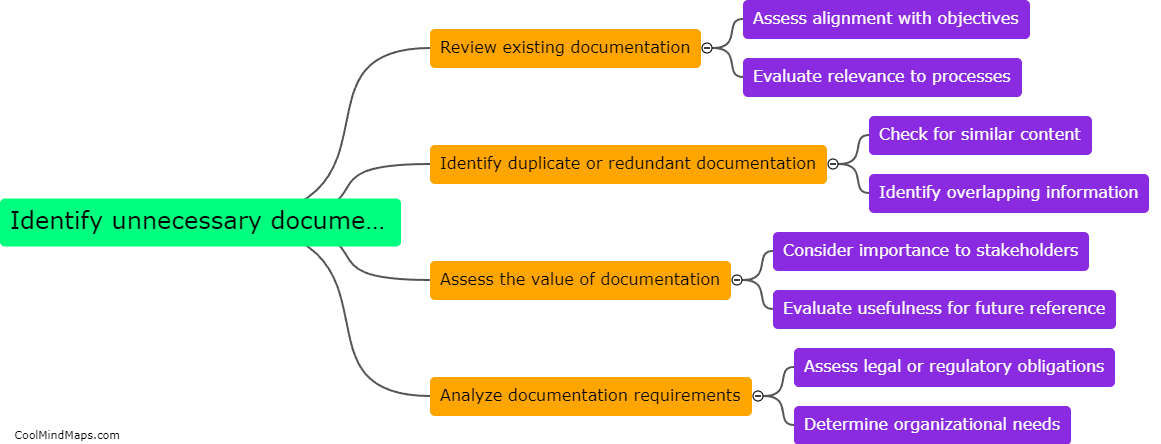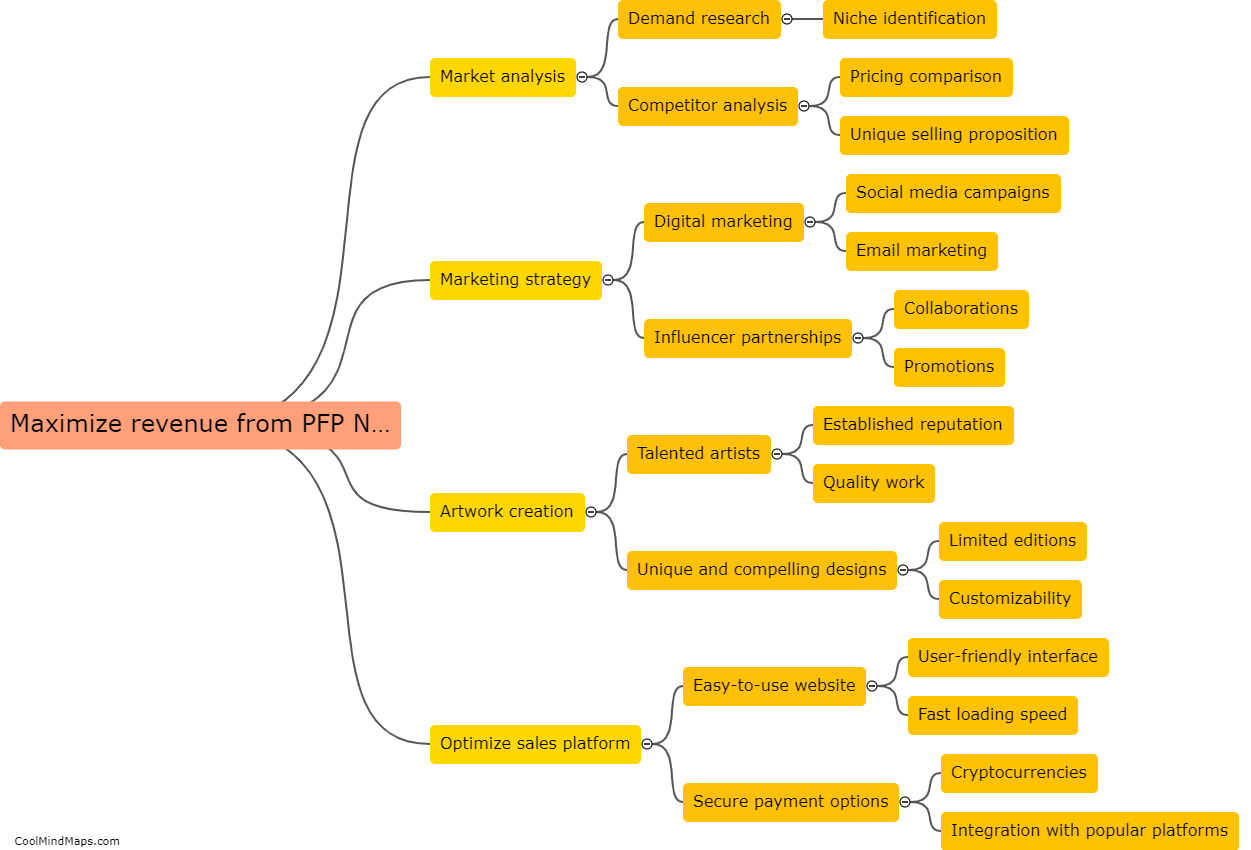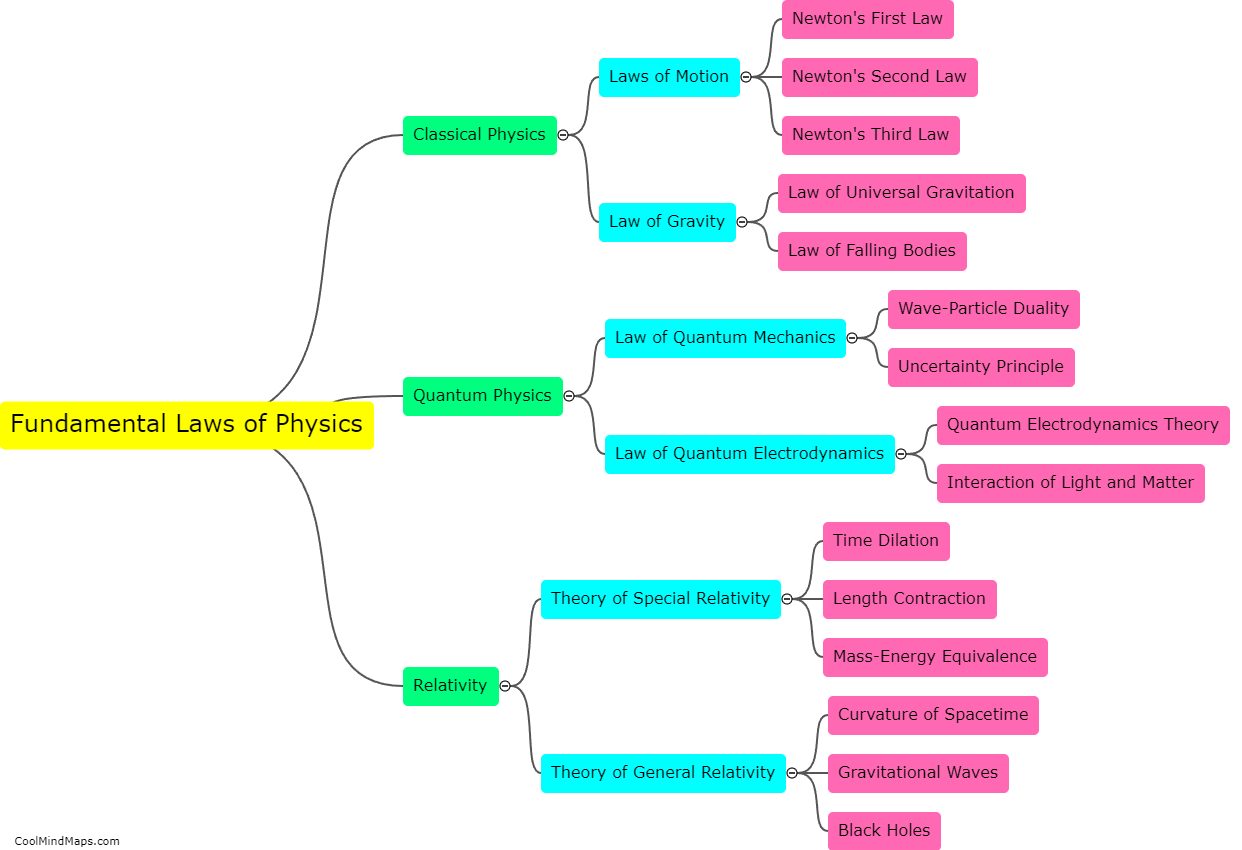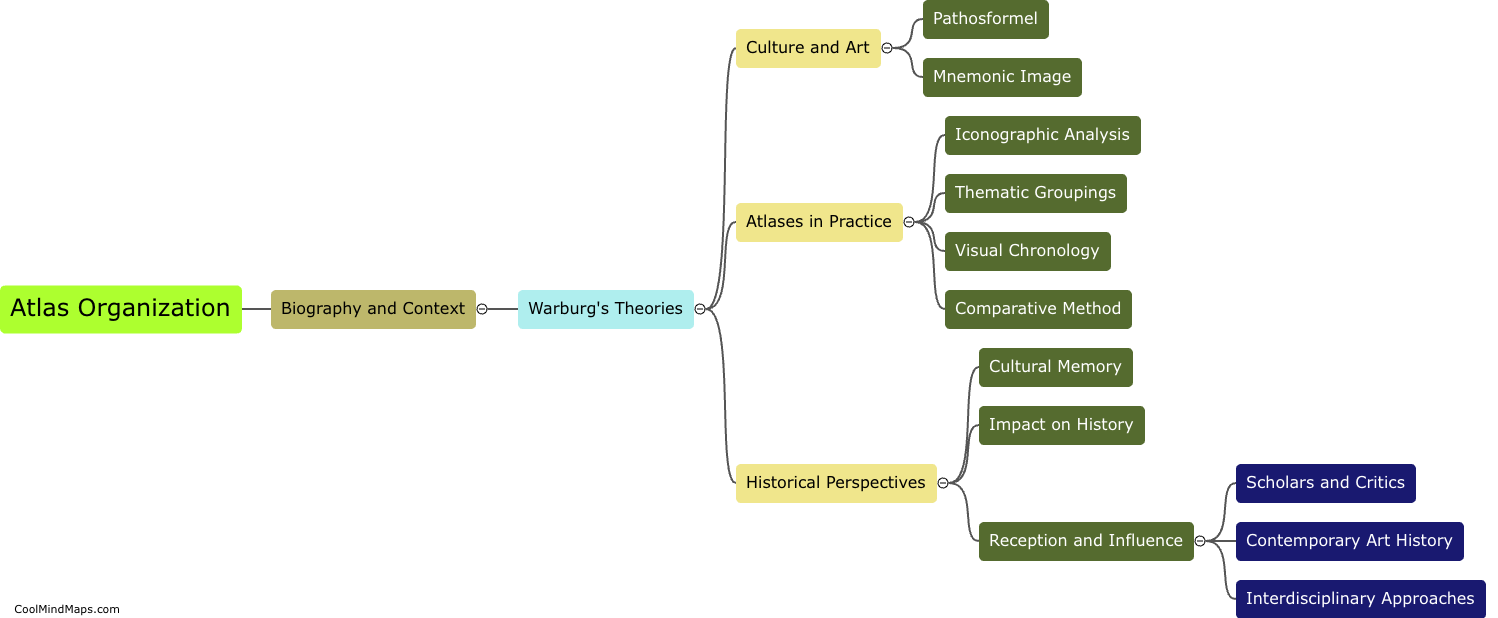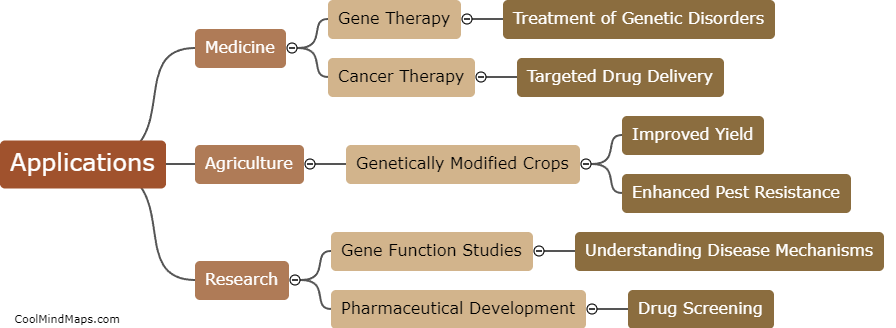What are the methods of transformation and transfection?
Transformation and transfection are two key methods used in genetic engineering and molecular biology to introduce foreign DNA into host cells. Transformation involves the uptake of foreign DNA by bacteria, plants, or yeast cells. This can occur naturally or can be induced artificially using techniques such as heat shock or electroporation. Transfection, on the other hand, is the process of introducing foreign DNA into animal cells. It can be achieved using various methods including chemical transfection, where DNA is mixed with a transfection reagent, and electroporation, where an electric pulse is applied to create temporary pores in the cell membrane. Both transformation and transfection methods are essential tools in gene manipulation, genetic engineering, and the study of gene function.

This mind map was published on 16 October 2023 and has been viewed 100 times.
